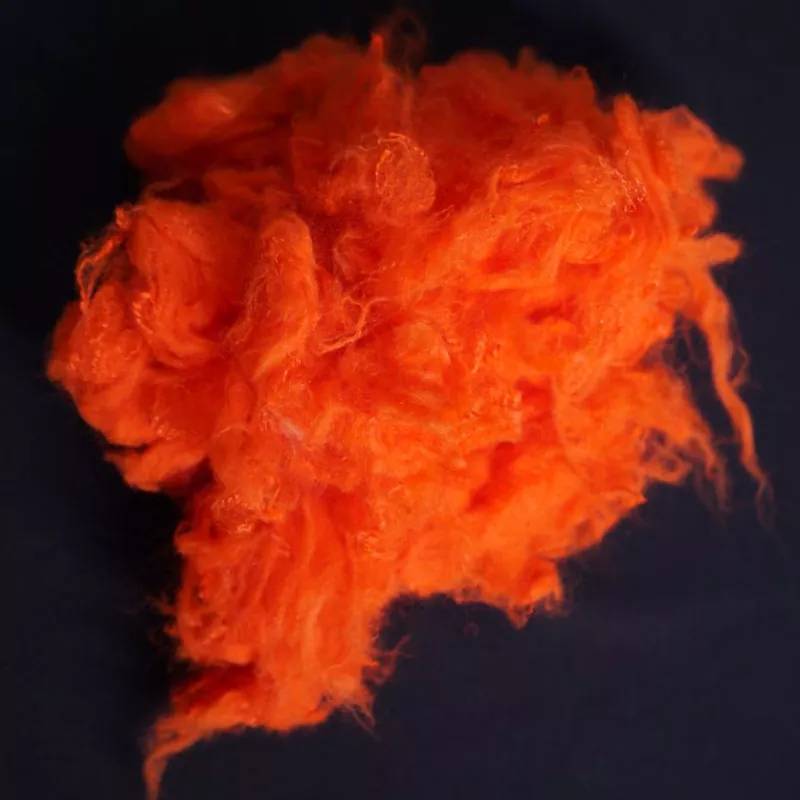Does Aramid Fiber eco-friendly?
2025-06-11
Aramid fiber, such as Kevlar or Nomex, is known for its high strength, heat resistance, and durability, which makes it ideal for various applications like body armor, aerospace, and automotive industries. However, in terms of eco-friendliness, it has both pros and cons.
Advantages:
Durability: Aramid fibers have an extremely long lifespan, which means products made from them may not need to be replaced frequently, reducing waste.
Recycling Potential: Some research is being done into recycling aramid fibers, though it’s not as widely practiced as with other materials like plastics or metals.

Disadvantages:
Manufacturing Process: The production of aramid fibers requires the use of harsh chemicals and high-energy processes, which can result in significant environmental impact if not carefully managed.
Biodegradability: Aramid fibers themselves are not biodegradable, which means they may persist in the environment for a long time if not properly recycled.
In short, while aramid fibers offer longevity and some potential for recycling, their environmental impact during production and disposal can still be significant compared to more sustainable materials. It’s important to consider the full lifecycle of these materials when evaluating their eco-friendliness.
If you are interested in our products or have any questions, please feel free to contact us.


